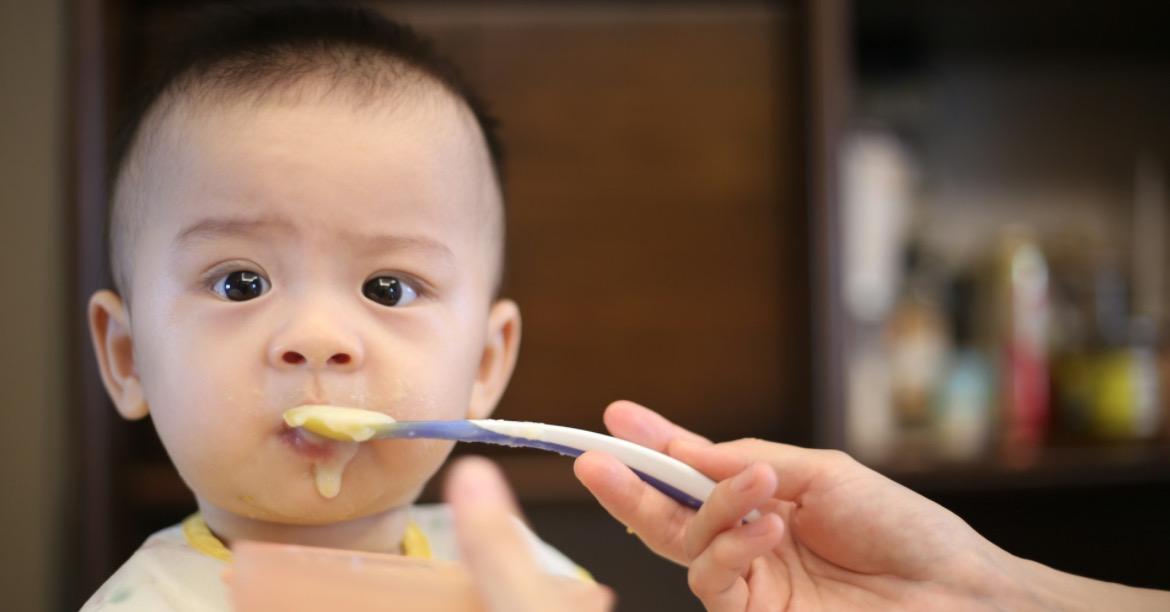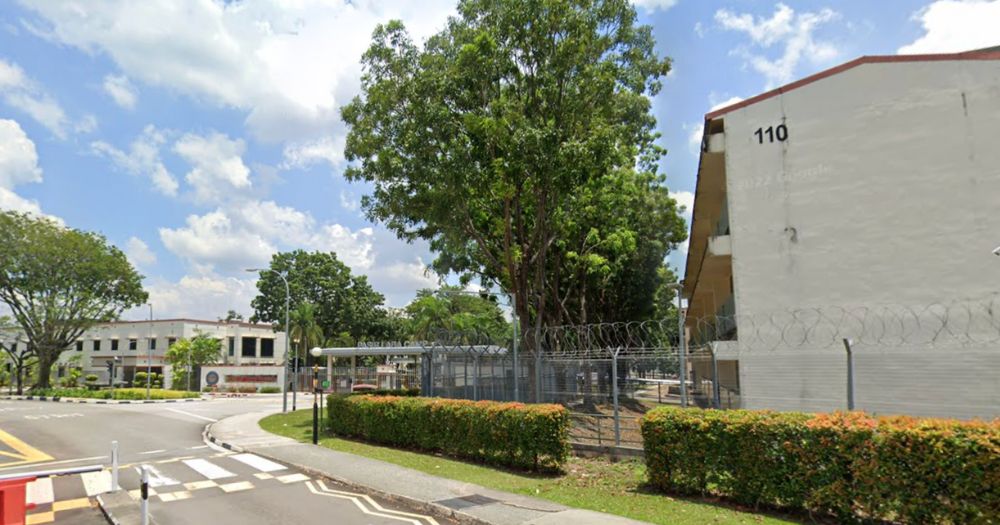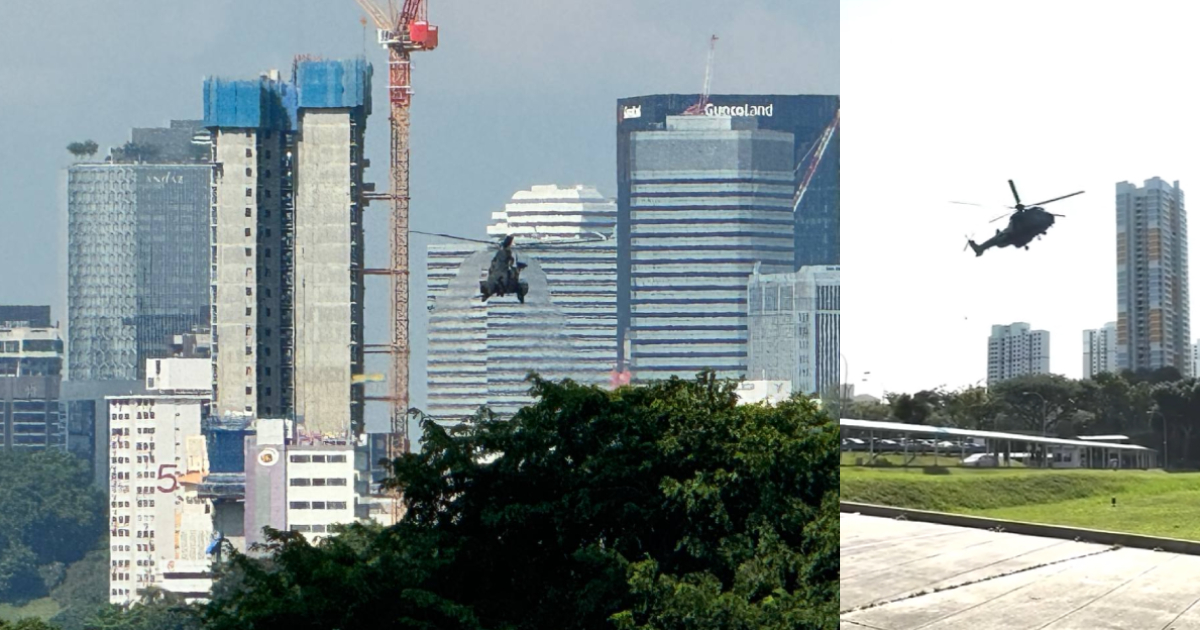Comment: Cash incentives won’t lead to S'poreans having more kids. Here’s what could.
Soft truths to keep Singapore from stalling.

Singapore’s declining total fertility rate fell to 0.97 in 2023 — the first time it dropped below 1.0 since the 1970s. How can government policy prop it up?
In this excerpt, researchers Paulin Tay Straughan and Mindy Eiko Tadai, from the Centre for Research on Successful Ageing at the Singapore Management University (SMU), examine Singapore’s changing outlook on marriage and family.
They also assess Singapore’s pro-family policies and whether they are enough to address concerns potential parents may have about marriage, children, parenthood, and work.
Their research appears in a new book,Why Not? Thinking About Singapore’s Tomorrow. The book's diverse contributors tackle topics like gender inequality, inclusivity, our ageing population, and their hopes for Singapore society in the years ahead.
Published by World Scientific with a foreword by former President Halimah Yacob, Why Not? can be purchased here, at Kinokuniya's bookstores, and at bookstore-café Book Bar.
By Paulin Tay Straughan and Mindy Eiko Tadai
Singapore is set to become a "super-aged" society by 2030. The current decade represents a golden window of opportunity to advance new interventions aimed at addressing the barriers to fertility and family formation, be it financial or ideological.
Our pro-family policies rival some of the most generous and comprehensive in the world, and yet we have not been able to arrest the downward trend of our total fertility rate (TFR) since the 1970s.
Why is this the case and what more can be done?
The answer is embedded in a mosaic of new meanings and entrenched contradictions concerning marriage, children, motherhood/fatherhood, and work.
Any sustained breakthroughs will not be through financial incentives alone but through the normalisation of true gender equality at home and in workplaces.
Taking a back-casting approach, we envision a future for Singapore that endows its young couples with greater agency, social support, and work-life balance to grow their families earlier and larger.
Ultimately, we hope for young couples to achieve their ideal family size without having to suffer great marital strain or sacrifice their career aspirations.
The changing shape of families in Singapore
Over the past decades, our population has been rapidly ageing amidst a backdrop of changes to family structures.
The shapes and sizes of households today reflect key demographic and societal shifts — including delayed marriage and parenthood, preferences for singlehood and childlessness, and longer life expectancies.
Importantly, we are seeing a rapid “feminisation” of our ageing society as women continue to outlive men and reside alone in larger numbers
Singapore's TFR has been in steady decline from 1970 to 2022. In 2023, it fell to a historic low of 0.97, dropping below 1.0 for the first time ever.
This demographic trend is in part a reflection of young Singaporeans’ shifting priorities and aspirations. Singlehood has become a new norm.
The proportion of singles rose across all age brackets for both men and women between 2012 and 2022, with the largest increases seen among women in their late 20s to early 30s.
We are also seeing more women marrying in their early 30s compared to their late 20s a decade ago.
Among women, the median age at first marriage also rose across all educational groups between 2011 and 2021, and those with higher levels of education continue to marry later than their peers.
In addition to rising trends of singlehood and delayed marriage, family sizes are shrinking. The average number of children born to married women fell across all age groups between 2012 and 2022.
New expectations of marriage and parenthood
Declining marriage and fertility rates speak to changes in social norms over time concerning couplehood and parenthood.
It used to be that we would marry to start families.
However, As societies modernise and opportunities for women to train and work alongside their male counterparts improve, we have come to see a shift in gender role ideologies and a corresponding shift in expectations of marriage.
Now, we are seeing more couples marry to valorise couplehood. These couples tend to marry later and remain childless and are part of a growing category of "DINKs" (double income no kids).
This phenomenon of career-oriented, child-free couples has been brewing for some time.
Data shows that, for all age groups, the proportion of married women without children has increased between 2010 and 2020.
For those contemplating starting a family, prescribed ideals and expectations of parenthood can influence fertility decisions.
In contemporary Singapore, what it means to be a "good" parent echoes an ideology of intensive parenting that requires parents — and particularly mothers — to channel tremendous amounts of time and resources into paving a successful path for their children.
As the demands of intensive parenting are both heavy and expensive, these may conflict with the lifestyle aspirations and career goals of young Singaporeans, and thus delay or deter parenthood.
Importantly, prevailing social values and expectations of couplehood and parenthood have evolved into formidable barriers to fertility and family formation in Singapore.
Greater support for family formation — will it move the needle?
In February 2023, the Singapore government released a new budget introducing an enhanced suite of financial incentives and work-life initiatives for young married couples aspiring to start and expand their families.
Singapore’s pro-family policies cover multidimensional needs and is one of the most comprehensive schemes in the world. The basket of provisions, including increased Baby Bonus payouts, more government contributions to the Child Development Account, extended paternity leave, and additional unpaid infant care leave, is expected to cost the government $240 million for each cohort of children.
Beyond Budget 2023, the recent overhaul of the Housing & Development Board (HDB) classification system accords young families (under the Family and Parenthood Priority Scheme) greater access to affordable housing, signalling new heights in support of family formation.
Will the recent pro-family policy enhancements move the needle in raising Singapore’s fertility rates? Probably not palpably.
They will be most welcomed by those who are already planning to start families or expand family size.
However, they are unlikely to persuade the DINKs to change their aspirations, and most significantly, unlikely to move the singles to get married.
On the whole, the impact of pro-family policies in the Asian context has been limited because “countering the forces making for ultra-low fertility requires the adjustments of entrenched cultural, institutional and familial arrangements that are not easy to achieve”, researcher Gavin Jones observed in 2019.
Studies show that financial incentives tend to have only modest and temporary effects on raising fertility rates. The revised policy package may partially alleviate some of the financial and time-related constraints associated with balancing family and work but covers only a small fraction of total lifetime costs.
Recent scholarship, however, has raised an important question as to whether Singapore’s TFR could have declined even further in the absence of its pro-family provisions.
Among young Singaporeans, issues of work-life balance and cost of living are currently the most highly cited reasons for remaining childless or keeping family sizes small.
This suggests that work-life initiatives, including increased parental leave and a new set of Tripartite Guidelines on Flexible Work Arrangements (FWAs) that will be rolled out in 2024, are crucial to reducing barriers to fertility.
There are dual forces at play.
On one end, the existing work-life initiatives do not adequately address entrenched gender role ideologies and the lack of social support that young couples face, resulting in lower take-up rates. We know, for instance, that only slightly more than half of all fathers fully utilised their paternity leave in 2019, based on the Ministry of Social and Family Development’s latest figures.
On the other end, the prevailing ideologies and practices within workplaces make it difficult for managers to adopt more holistic measures of work performance that would benefit working parents.
For true work-life balance to exist, there needs to be a re-thinking how we appraise employee contributions and a re-calibration of work expectations at different stages of life and parenthood.
Hope for raising Singapore’s ultra-low fertility rate
No matter what pro-family policies are on the table, we are unlikely to see overnight changes in the intrinsic motivations guiding young Singaporeans’ decisions on fertility and family formation.
At the very least, continued government investments in social policies aimed at increasing gender equality, enabling work-life balance, and widening the fertility window may serve to sustain Singapore’s TFR and better support couples who are determined to have children.
These couples represent a very important group that may be most amenable to pro- family policy enhancements. As such, we should continue to pave smoother pathways to enable these couples to grow their families earlier and larger.
A key thrust is how we can continue to normalise the implementation and up-take of work-life initiatives, particularly FWAs (in terms of time, space, and workload) to reduce the motherhood penalty.
This will require an ideological shift towards understanding how we can redesign jobs and workplaces, and further digitise aspects of work, to better support dual-income families and harness their capabilities at different stages of life.
Ultimately, we should aspire towards creating the conditions that enable and empower young couples, and especially women, to take on a fulfilling balance of social roles in work and non-work pursuits.
In conclusion, the future of families in Singapore depends on new approaches to integrating the traditionally separate realms of family and work, as well as evening out the asymmetrical loads that working mothers and fathers carry.
There is hope in striving towards true gender equality, which can make inroads for the sustainability and well-being of our greater Singapore family and economy.
Of significance will also be the inevitable normalisation of the single-member households as more women (and men) remain single either by choice or circumstance.
Top photo by hui sang on Unsplash

MORE STORIES




















